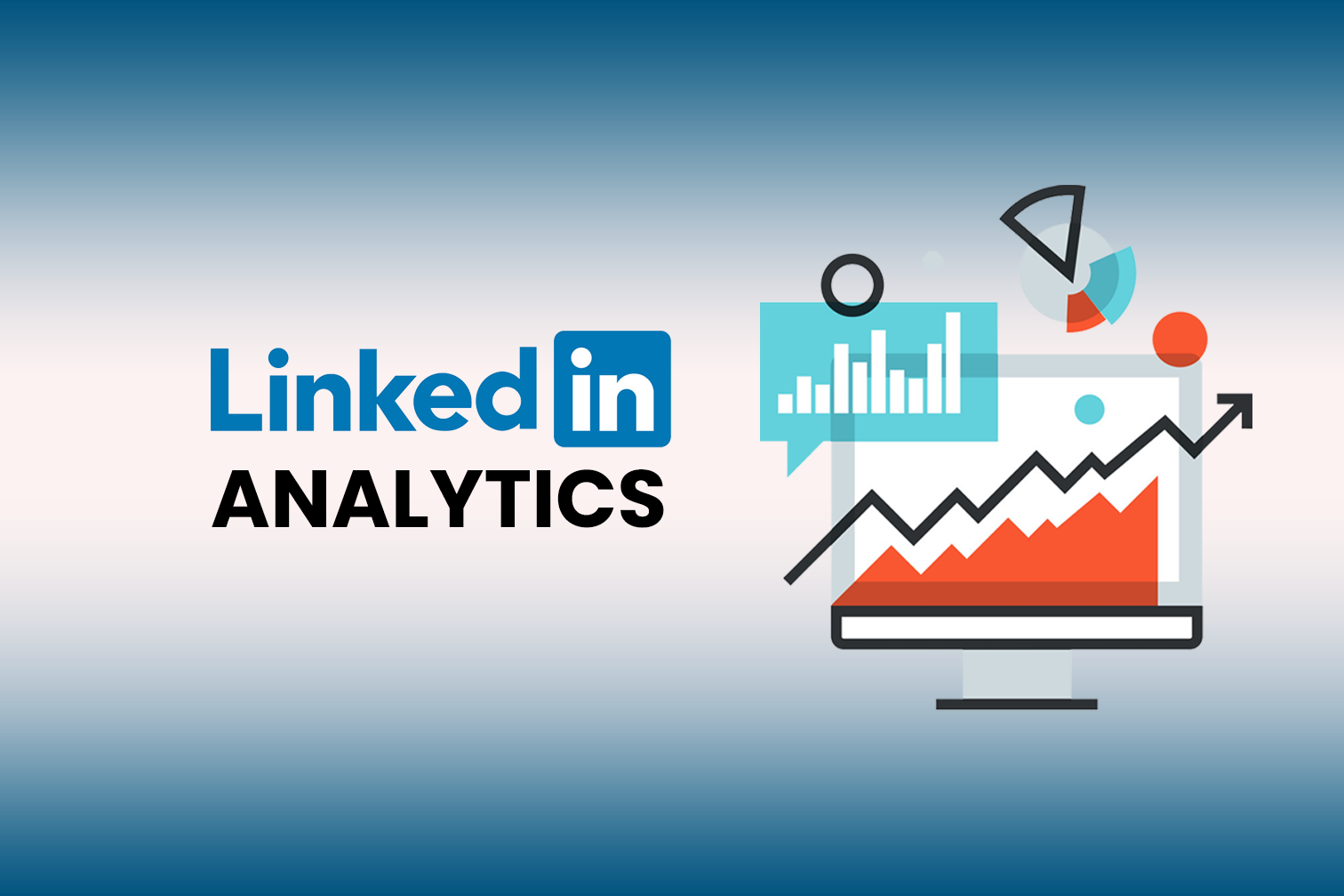Social media analytics helps you understand the trends, customer behavior, better content, understand competitors, better strategy, campaign performance, etc,. There are various social media platforms with analytics that will help you. Continue reading to understand how to use social analytics.

Creating a goal is the first step towards good social media analytics. The objectives might range from raising income to identifying service concerns. Topics or keywords can then be chosen, and specifications such as a date range can be specified. It is critical to choose sources that are relevant to a certain product, service, or brand.
There are several platforms like linkedin, instagram, facebook, twitter, pinterest, etc. It is not always necessary to have your business on all the platforms. There are millions of users on each platform, with facebook 2.9 billion; youtube 2.291 billion; whatsapp 2 billion; instagram 2+ billion; Pinterest 478 mil; Twitter 397 mil; linkedin 1.7 billion users in 2022.
In this article, you will learn about how to create a linkedin page and about linkedin analytics for the growth and reach of your business.
Linkedin has almost a billion users in over 200 countries which offers and provides various opportunities for the business. Linkedin is similar to other social media platforms but is considered for more business purposes. Linkedin is a great platform in understanding, developing, publicity, lead generation, recruitment, planning for your business. First let us know how to create a page in linkedin and how to use it for your business.
The first step is to create a linkedin profile. On the linkedin profile, In the upper right corner of your LinkedIn homepage, click the "Work" symbol.
Select "Create a company page" from the drop-down menu.
Depending on the size of your company, select the "Small business" or "Medium to big business" option.
Enter the Page Identity, Company or Institution, and Profile information.
Click the "Create page" button.
Your linkedin company page is created.
Now to access the analysis and dashboard of the company, you just have to log into your profile and open the company profile. Linkedin also provides us with a feature that allows you to set up other people as admin or analysts who are the only people that can access your company's analytics.
Once the access is given, you may track the following metrics on LinkedIn:
Through linkedin, you can know the activity of your page visitors. Visitor analytics show you how many visitors have come to your company page. It’s that simple! This section shows the number of total Page views, Unique visitors, and Custom button clicks in the last 30 days. The aim would be to engage visitors so they get to know more about your brand but also convert to new followers and increase your engagement on LinkedIn. Visitor analytics will help you spot patterns that can help you tailor content to those visitors.
One of the most important metrics for marketers playing the 'long game' is the number of followers. The types of followers you have can be crucial to your business plans. Follower Demographics allow you to break down the characteristics of followers into categories like location, profession, industry, company size.
The Follower Analytics feature on LinkedIn shows you the demographics and sources of your followers. The purpose is to let you know who is following your company page and the best ways to engage with them. If you can compel visitors to like your company or content on the LinkedIn page enough to 'subscribe' and agree to receive your regular marketing communications, you've gained the equivalent of a repeat customer.
The Update Analytics feature allows you to see the performance of your posts on LinkedIn. It tracks the level of interaction for all the content you create including videos, articles, photos, or any combination of those elements. The Update Highlights feature shows you what kind of reaction you are getting every month.
Use linkedin analytics to understand the traffic that is drived to your page, track the impression of your post, calculate the engagement rate, likes, reactions and shares. These tools will help you understand and help you make your brand.
Utilize a range of posting tactics. You may choose from videos, animation, graphics, memes, images, reviews, expressing opinions, and reposting. Building a LinkedIn profile and keeping active on LinkedIn will not be enough. An organisation must use and be active on all social media channels.
Conclusion
It doesn't matter whether the business is small with 0-10 employees or large with 1000-2000 employees. Being on social media is always the top priority. Use all the social media platforms and strategies that suit the best and do what is necessary.
